Simplified Human Geography by Dr. Krishnanand

Simplified Human Geography
Embark on a captivating exploration of human geography with “Simplified Human Geography” by Dr. Krishnanand. This comprehensive textbook provides a clear and concise overview of key concepts and theories in human geography, shedding light on the dynamic interactions between human societies and their environments. Whether you’re a student, educator, or geography enthusiast, this book will deepen your understanding of the complexities of human geography.
Contents:Simplified Human Geography
Chapter 1: Introduction to Human Geography (Pages 5-15) Begin your journey into human geography with an introduction to its scope, methods, and relevance in understanding human societies and their interactions with the environment.
Chapter 2: Malthusian Population Theory (Pages 16-22) Explore Thomas Malthus’s theory of population growth and its implications for understanding population dynamics, resource utilization, and societal development.
Chapter 3: Marxian Population Theory (Pages 23-29) Examine Karl Marx’s perspective on population dynamics within the context of capitalist modes of production, focusing on issues of labor supply, exploitation, and social inequality.
Simplified Human Geography
Chapter 4: Demographic Transition Theory (Pages 30-38) Delve into the demographic transition theory, which elucidates the process of population change from high birth and death rates to low birth and death rates, and its implications for economic and social development.
Chapter 5: Agricultural Location Theory (Pages 39-50) Understand the principles of agricultural location theory, exploring factors influencing the spatial distribution of agricultural activities, including soil fertility, climate, and market access.
Chapter 6: Industrial Location Theory (Pages 51-67) Examine theories of industrial location, including Alfred Weber’s theory of industrial location and the factors shaping the spatial distribution of industrial activities, such as transportation costs, labor availability, and market demand.
Simplified Human Geography
Chapter 7: Central Place Theory (Pages 68-79) Learn about Walter Christaller’s central place theory and its application in understanding the spatial organization of urban and rural settlements, including the hierarchy of central places and their functional relationships.
Chapter 8: Economics of Location (Losch) (Pages 80-87) Explore August Lösch’s economic theory of location, which analyzes the spatial distribution of economic activities based on factors such as transportation costs, agglomeration economies, and market competition.
Chapter 9: Growth Pole Theory (Pages 88-97) Investigate François Perroux’s concept of growth poles, focusing on the role of strategic development initiatives and investments in fostering economic growth and regional development.
Chapter 10: Growth Centre and Growth Foci (Pages 98-105) Understand the concepts of growth centers and growth foci in regional planning and development, exploring their significance in promoting balanced economic growth and spatial equity.
Chapter 11: Heartland Theory (Pages 106-114) Examine Halford Mackinder’s heartland theory, which posits that control over the Eurasian “heartland” is crucial for dominating the world’s geopolitical landscape.
Chapter 12: Rimland Theory (Pages 115-121) Learn about Nicholas Spykman’s rimland theory, which emphasizes the strategic importance of maritime peripheries, or “rimlands,” in global geopolitics and security.
Chapter 13: Rostow’s Stages of Economic Growth (Pages 122-127) Explore Walt Rostow’s stages of economic growth model, which outlines the process of economic development through sequential stages of traditional society, preconditions for take-off, take-off, drive to maturity, and high mass consumption.
Chapter 14: System Analysis in Human Geography (Pages 128-141) Understand the application of systems theory in human geography, analyzing human-environment interactions as complex systems with interconnected components and feedback loops.
Chapter 15: Time Geography (Pages 142-153) Discover time geography as a theoretical framework for understanding human activities and movements in space and time, exploring concepts such as time-space prisms, time budgets, and time-geographic constraints.
“Simplified Human Geography” by Dr. Krishnanand offers a comprehensive and accessible introduction to the fundamental concepts and theories shaping human geography. With its clear explanations, illustrative examples, and up-to-date research, this book is an invaluable resource for anyone seeking to understand the dynamic relationships between humans and their environment. Whether you’re a student, educator, or geography enthusiast, this book will deepen your appreciation for the complexities of human geography and its relevance in our rapidly changing world.
Follow The Author On Facebook
Subscribe The Author On Youtube
Follow The Author On Instagram



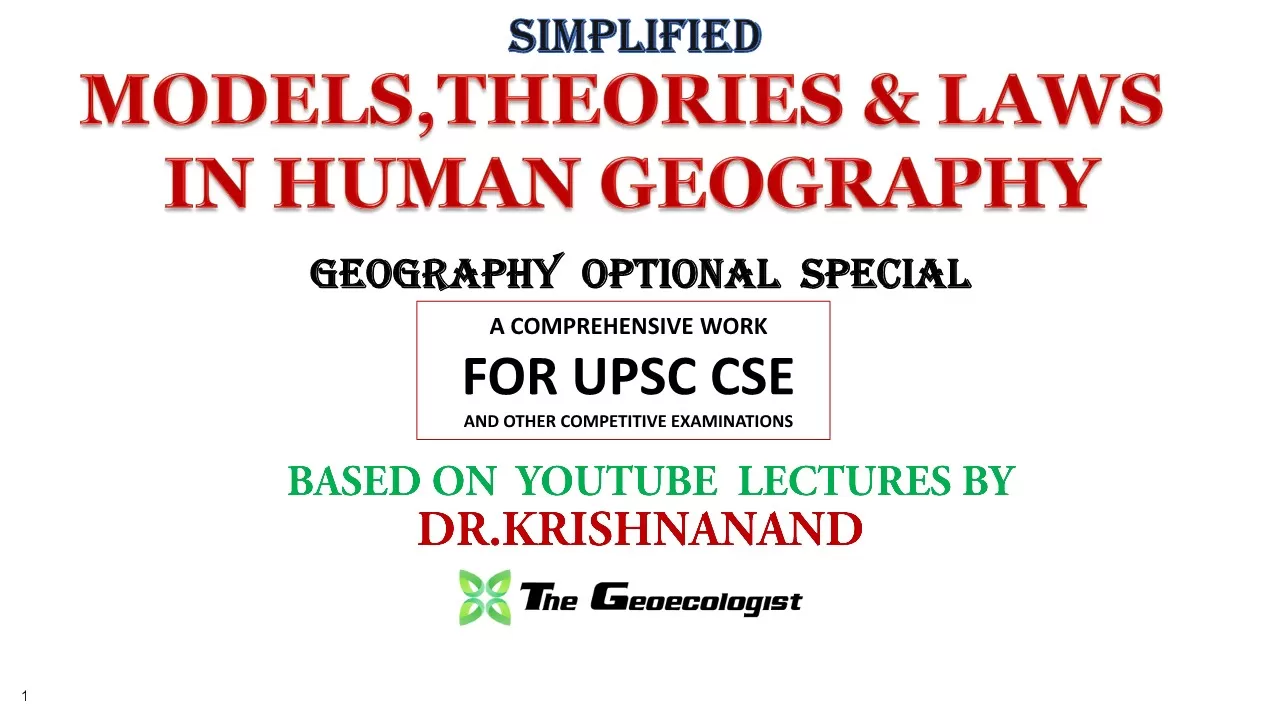
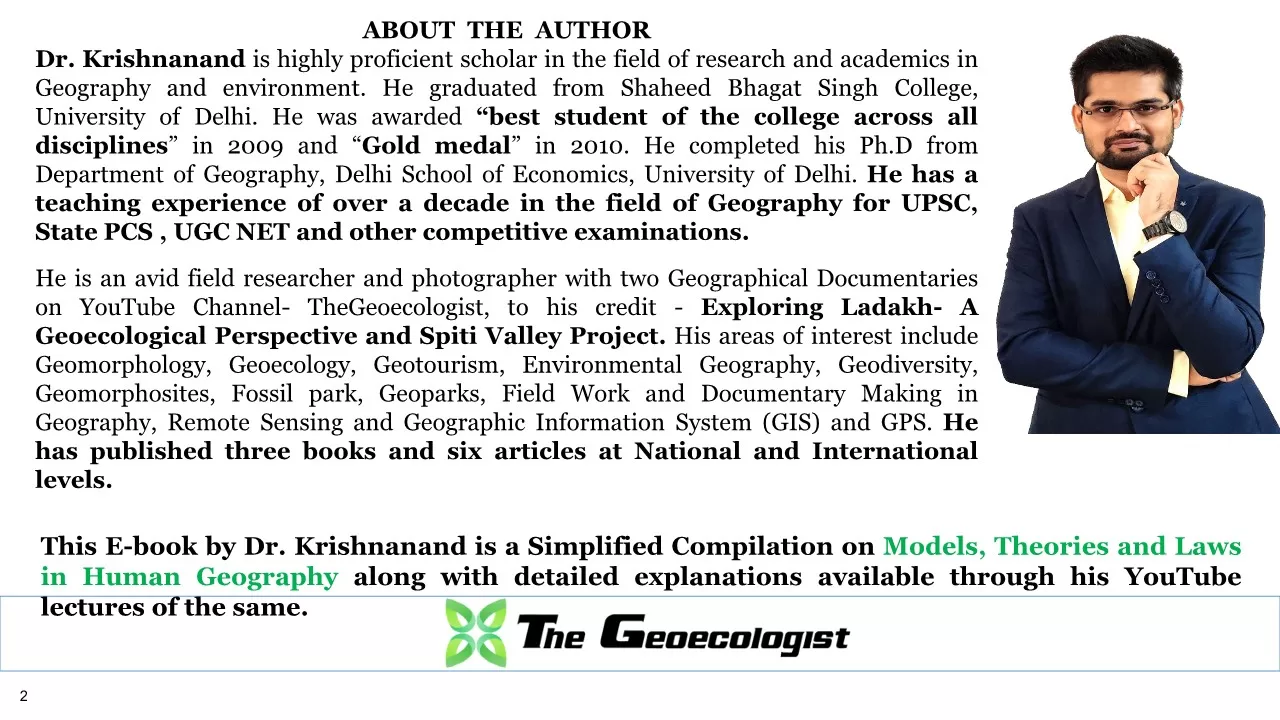
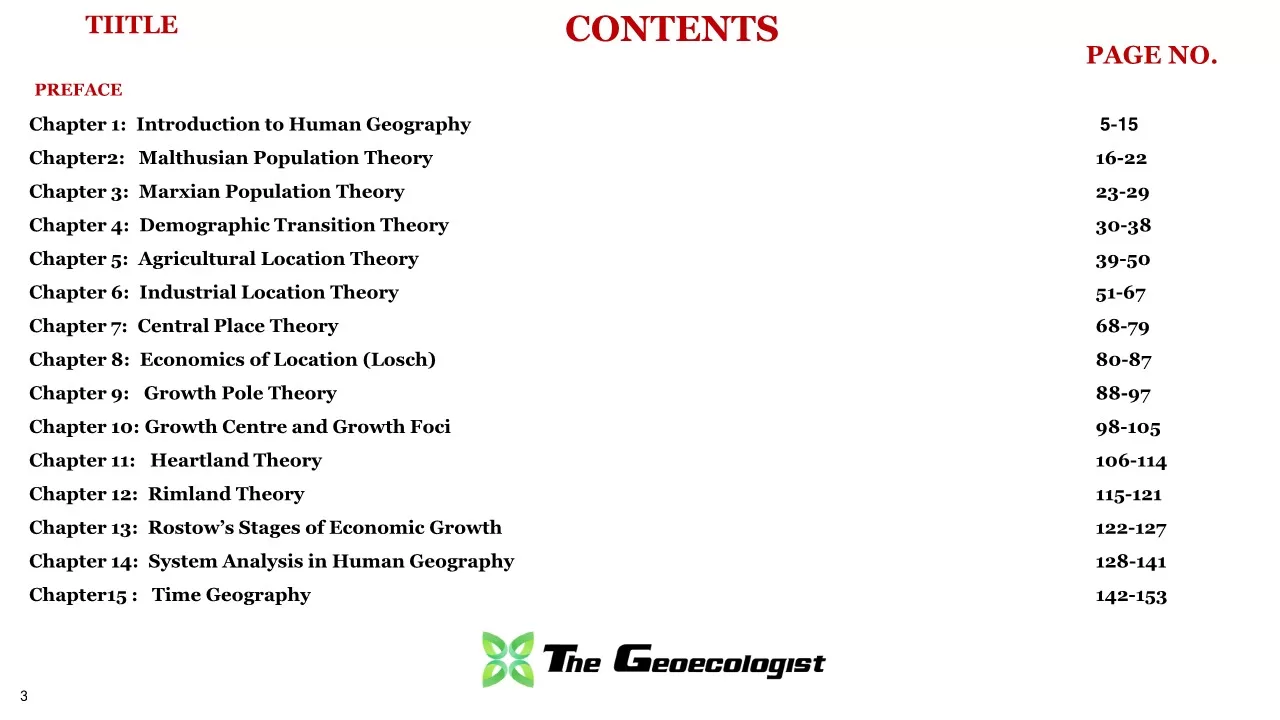
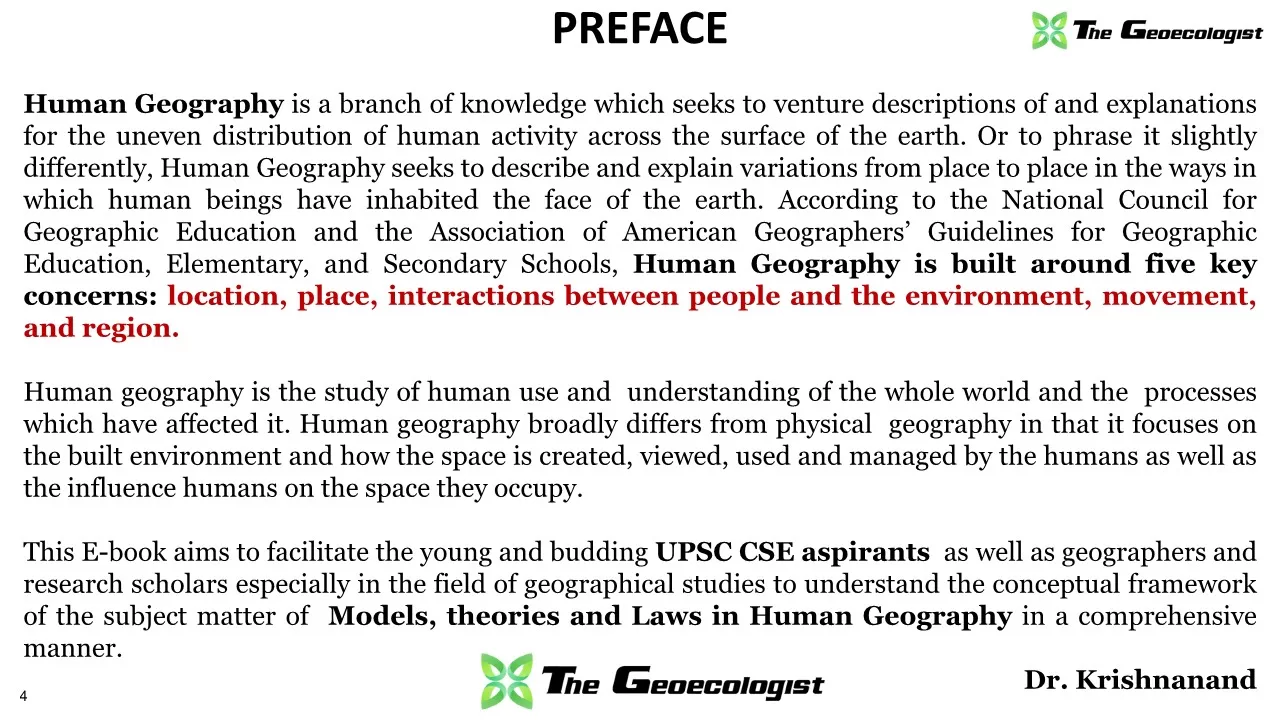

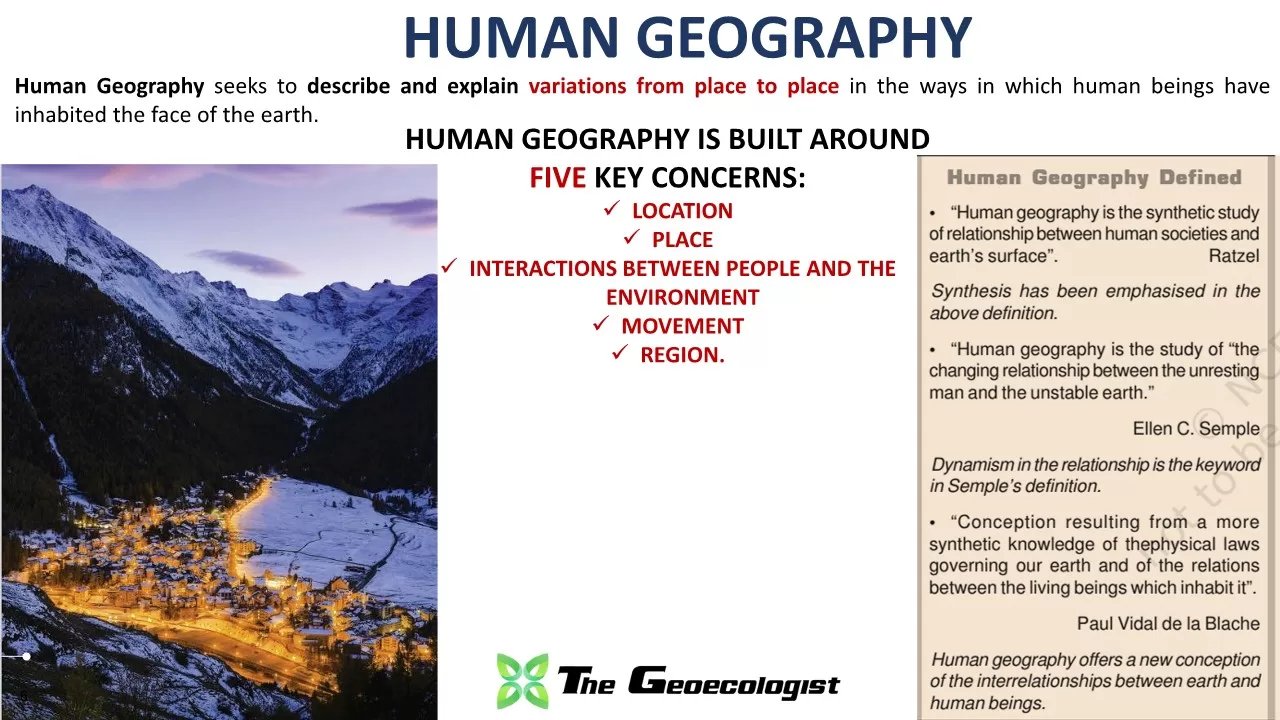

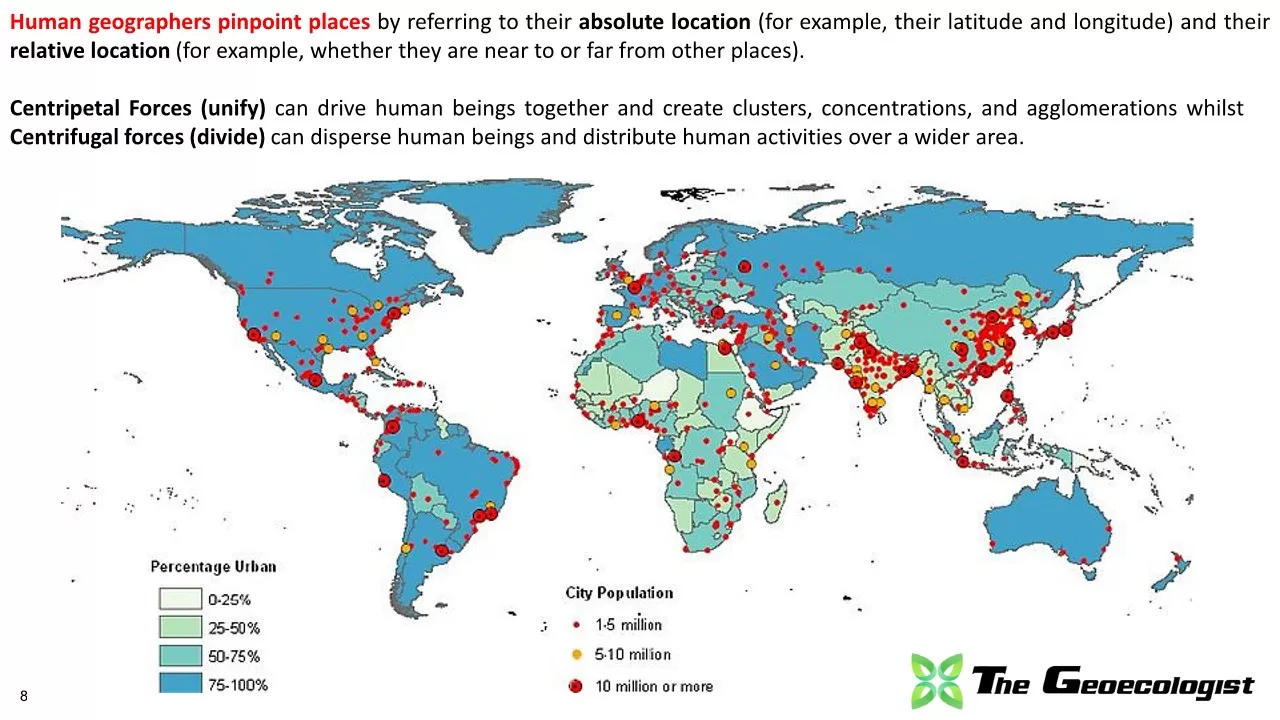

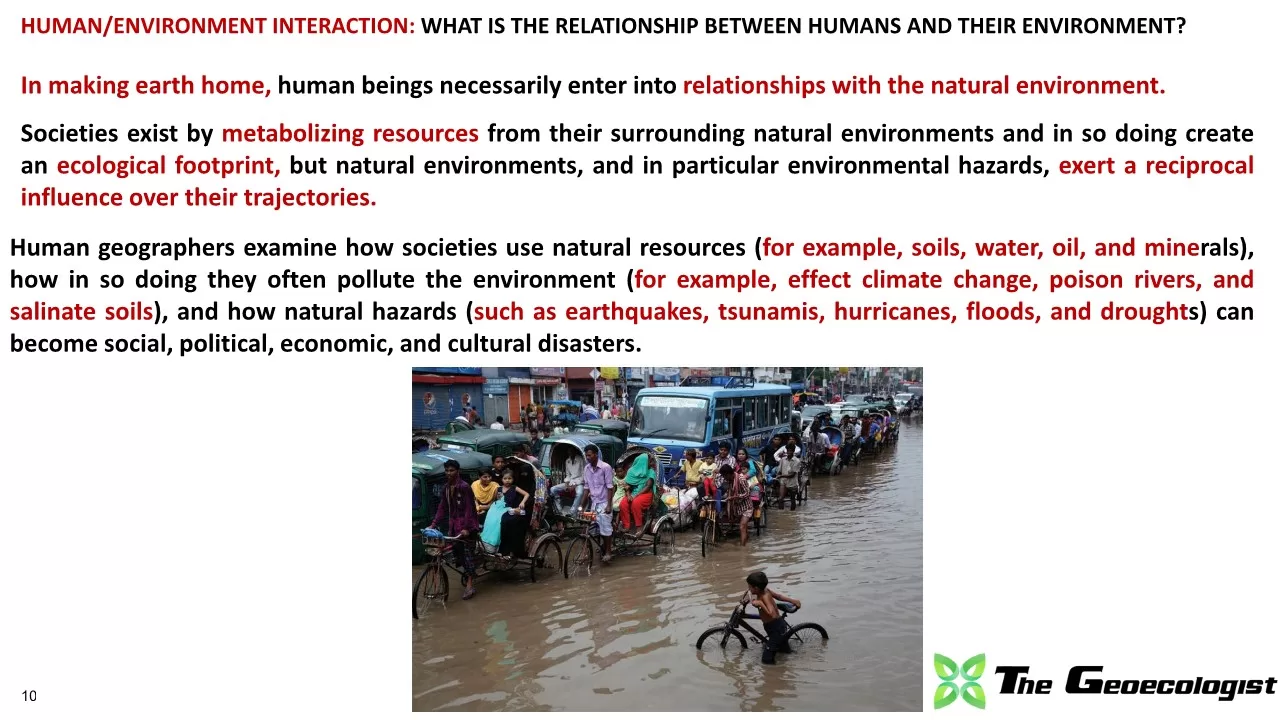

















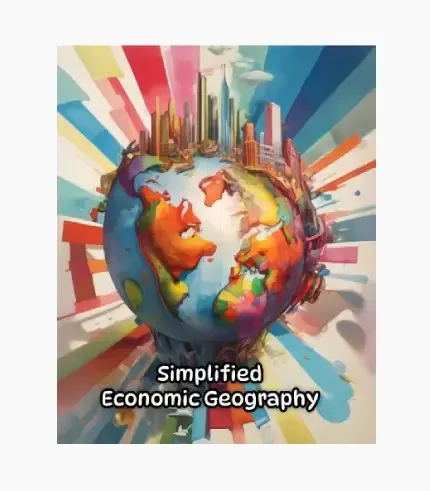

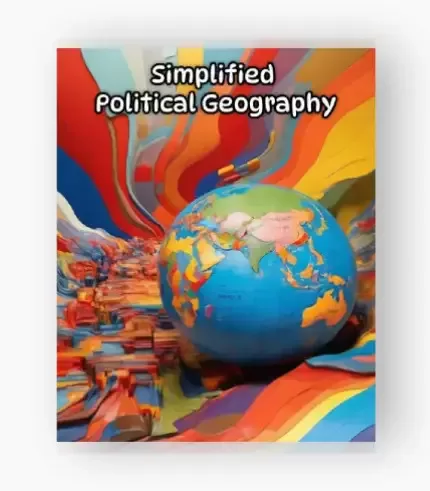



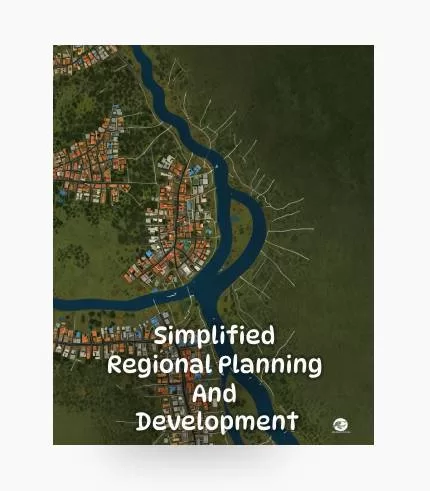

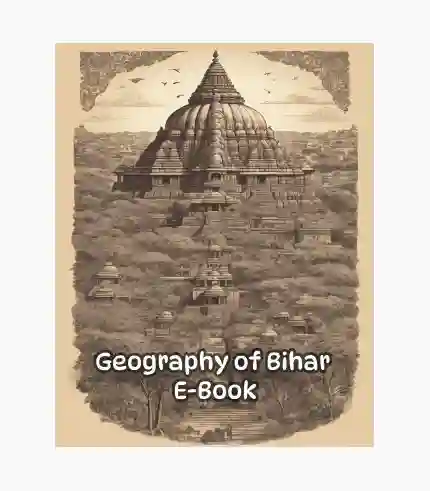

Reviews
There are no reviews yet.